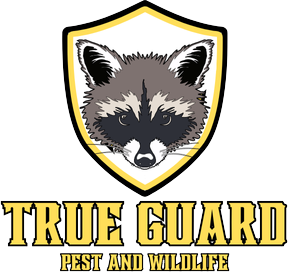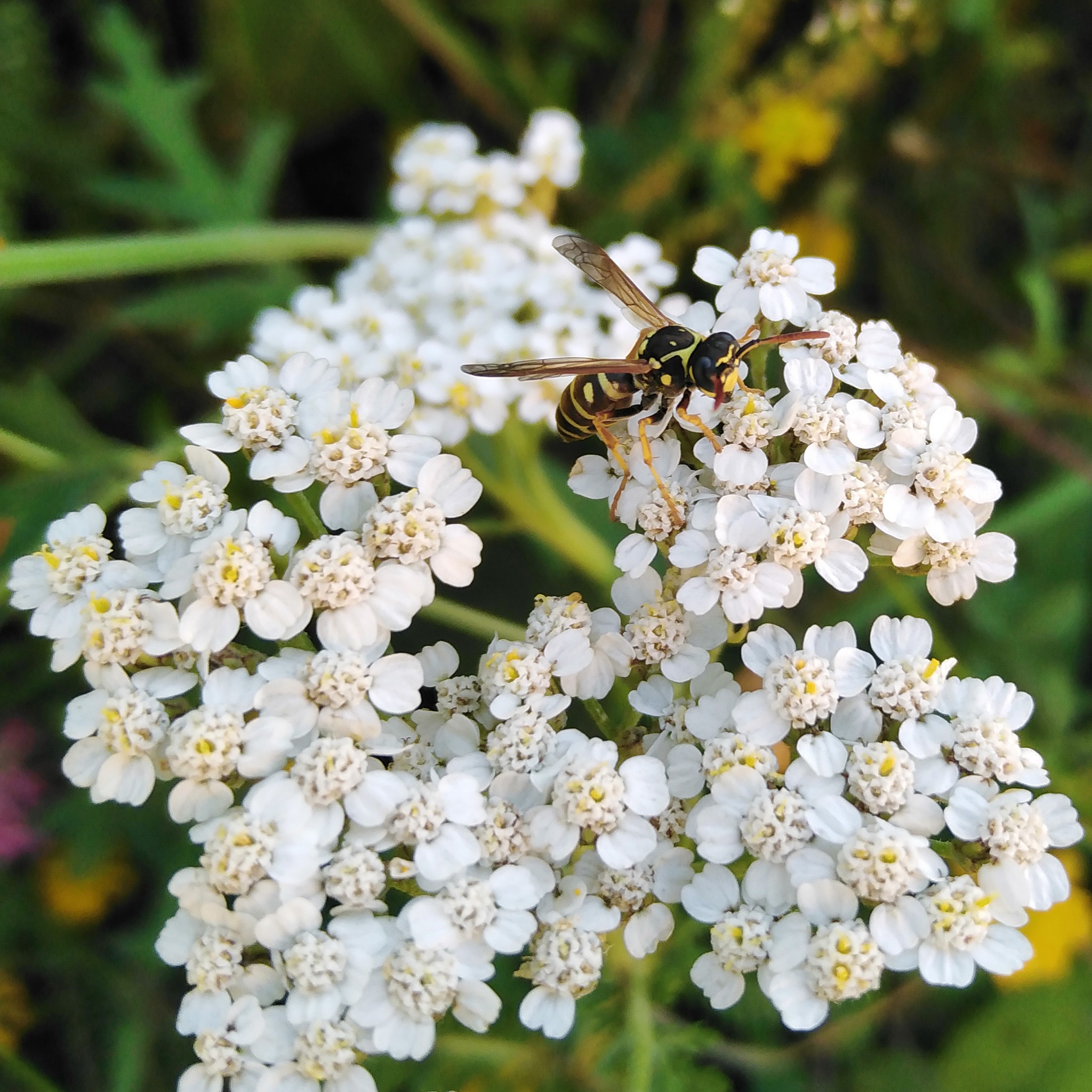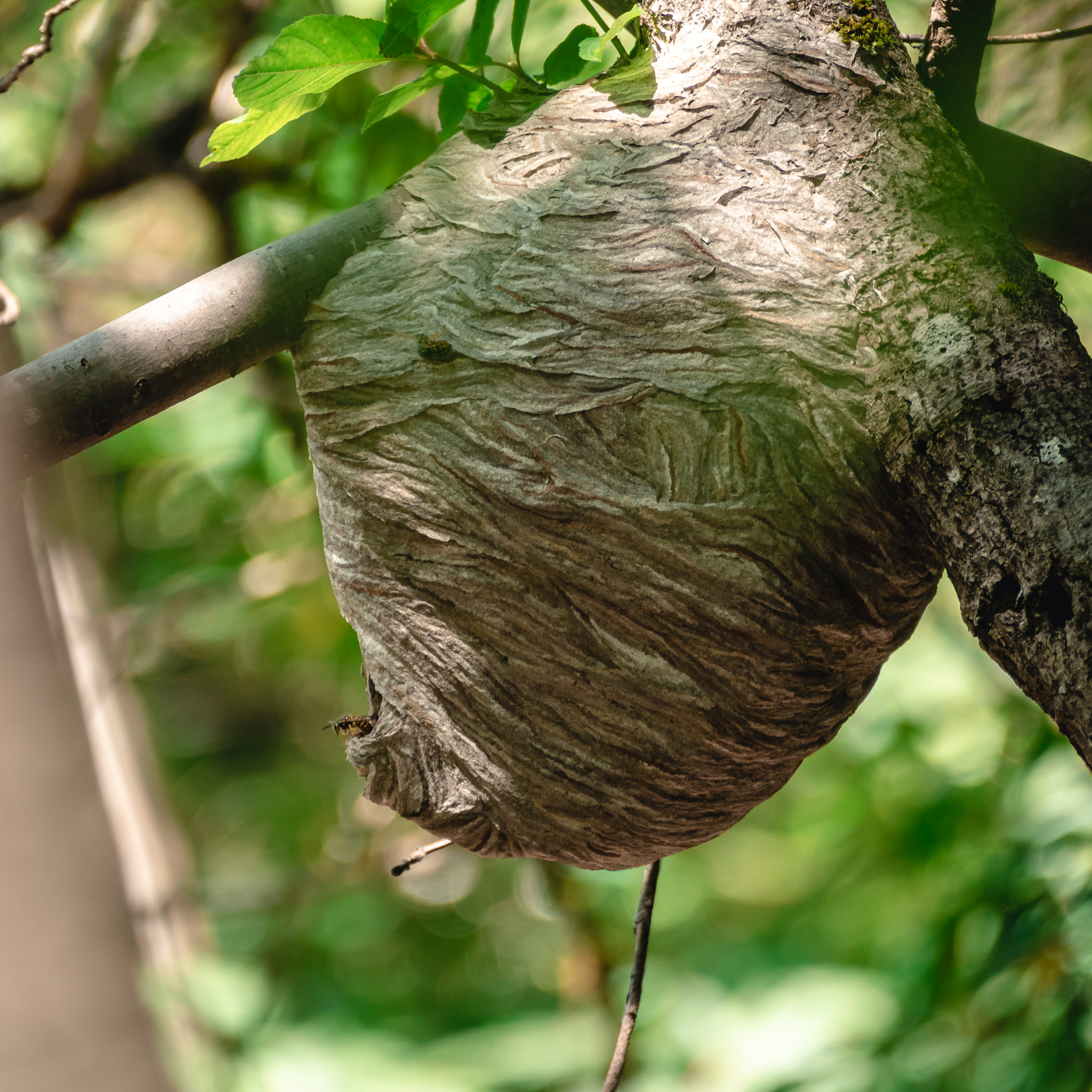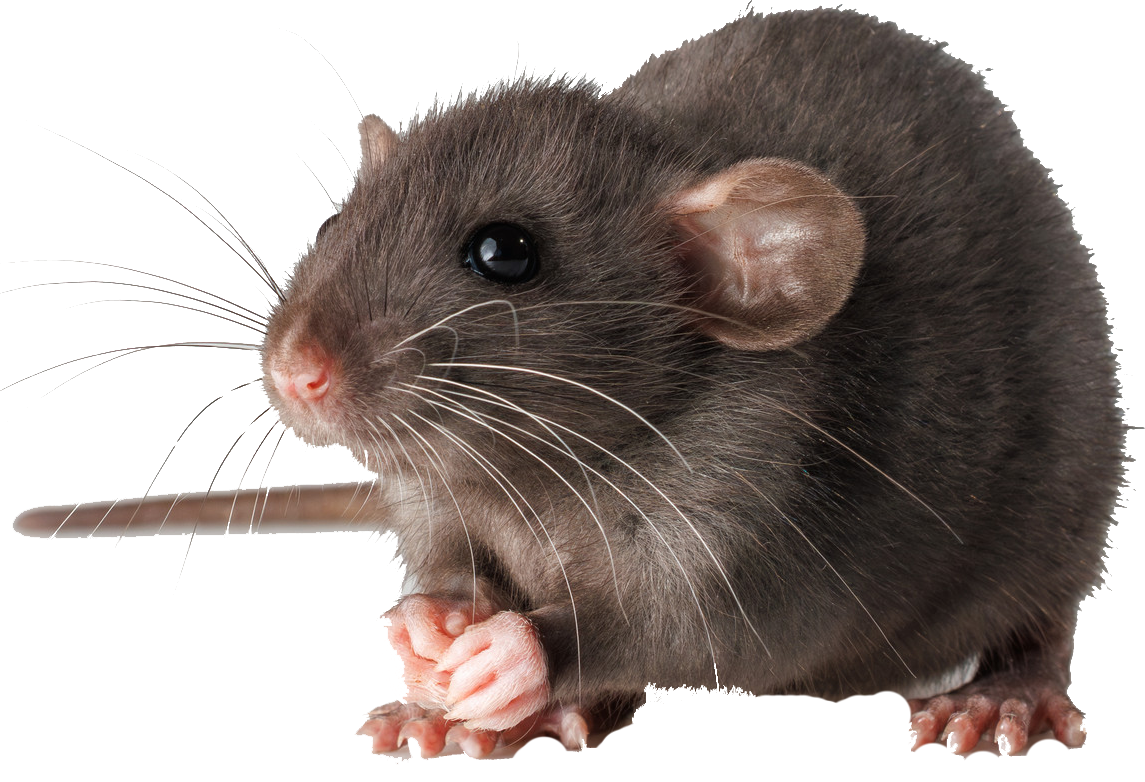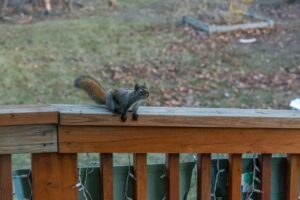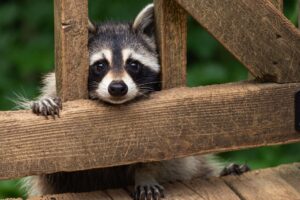
Raccoons in Portland Why They’re Getting Bolder Around Homes and Businesses
Portland residents have noticed something concerning in recent years: raccoons are becoming increasingly bold around homes and businesses. What was once an occasional nighttime visitor
